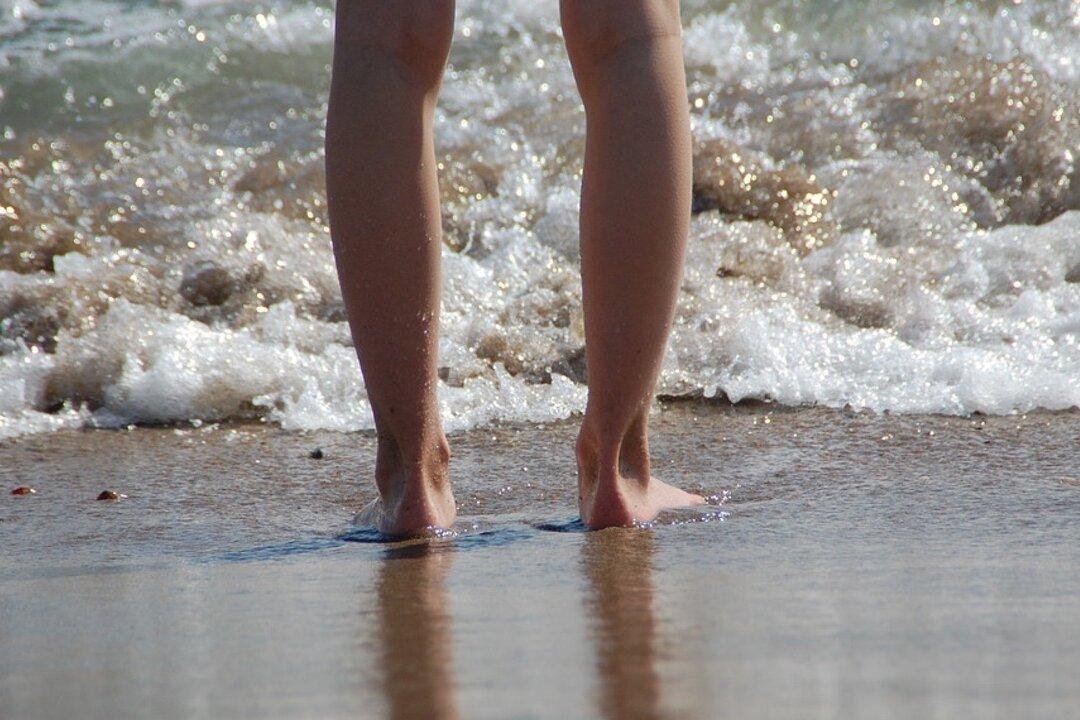A man in Texas dipped his toes in the ocean near Waters Edge Park by downtown Corpus Christi, not realizing that it would lead to severe infection and multiple life-saving surgeries.
Adam Perez, 42, contracted vibriosis, a disease caused by the flesh-eating bacteria called Vibrio, after dipping his toes in the sea last week. Soon after, his right foot and leg began to swell, reported My San Antonio.





